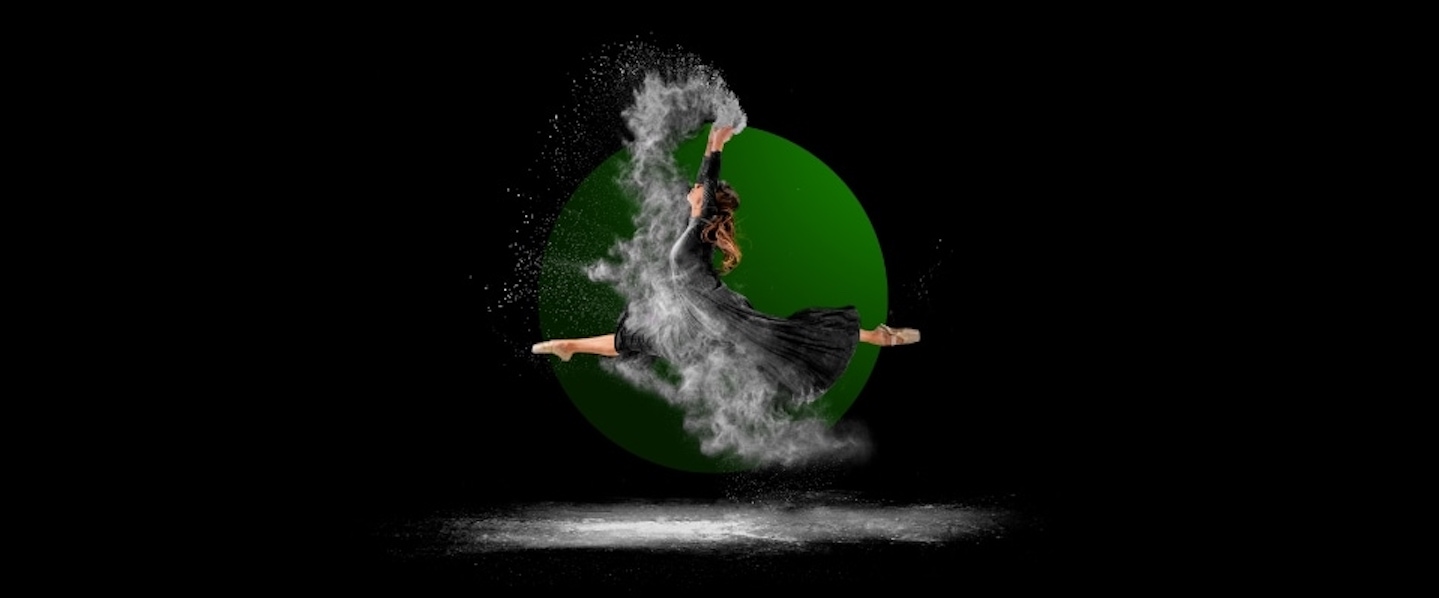We have a new essay published by Deloitte Insights, Setting the stage for creative performance.1Evans-Greenwood, Peter, Robbie Robertson, Robert Hillard, and Peter Williams. 2021. “Setting the Stage for Creative Performance.” Deloitte Insights, October 29. https://www2.deloitte.com/us/en/insights/topics/talent/creativity-in-business-operations.html. This essay is the follow-on to Unshackling the creative business from a couple of months ago.
Unshackling the creative business leveraged ideas and models from research into creativity to help us understand how creativity actually works, rather than how we think it works or how we’d like it to work. It’s common to read in the business press that creativity cannot be easily defined (when it can), and that creativity is a skill (skill is a factor, but only one factor among many) beaten out of many of us in our formal education (it’s more that while business likes creativity, it does not value it, and so it is discouraged). Most importantly, this essay highlighted how framing creativity as a skill, the production of creative works, a noun, leads us to ignore creativity as a verb, creativity in how we work together. If we want to unshackle our creative business then we need to take a more holistic approach to fostering creativity in business—one that considers both noun and verb, and factors beyond skill—as the creativity of one team is contingent on others.
Setting the stage for creative performance builds on Unshackling the creative business in three ways.
First, it explores how we need to think in terms of creative potential and creative performance. Creativity is a numbers game: you can have all the right ingredients for creativity but, for some reason, it just doesn’t spark. There are number of things a firm can do to improve a firm’s creative potential, but while our investments can improve the odds, improve the potential for creativity, none of these improvements are sure to deliver a more creative outcome (a creative performance) for a particular project or initiative. Investing in creativity is a portfolio game—we can be confident that investing in creativity will improve the aggregate creativity of the firm, but we cannot predict in advance where that creativity will emerge.
Next, the essay discusses how we need to create space for creativity. There’s more factors to creativity that skill (though skill is a factor), and a useful model for thinking about these factors is the Five P’s:2Initially the Four P’s, but in this instance we’re including ‘persuasion’. product, persuasion, person, process and place.3 This is ‘press’ in the original formulation. We use ‘place’ for simplicity. Creativity is the result of a generative process that emerges from interactions between the Five Ps. The implication being that it’s not enough to change one of the Ps if we want to foster creativity, we need to change a few (if not all) of them. We could, for example, train workers in creativity techniques such as Design Thinking or Six Thinking Hats, but if we don’t also enable workers to take a different approach to there work, such as changing the nature of their product or the governance processes they must follow, then this investment will be wasted. We also need to invest in multiple layers. We tend to focus on creativity of groups (including groups of one), but the creativity of a group is shape by the creativity of the organisation it is part of, the creativity of the industry and institutions that the organisation interacts with, and even the creativity of the market (how accepting consumers are of novel ideas and products). We can create more space for groups but considering the creativity of the organisation, create more creativity for the organisation by considering the market and institutions, and so on.
Finally, if we’re to create this space then we need to change our operating models. The metrics and governance processes that firms are built on value efficiency, not creativity. Creativity comes with a cost, and so if it is not explicitly designed in, then we’re implicitly designing it out. Designing creativity in means measuring creativity, which is possible, and then integrating these creativity metrics into governance processes. Cost-benefit needs to be balanced with investment-opportunity. That is, an investments in improving creative potential of a project or initiative will, in some instances, result in a creative performance, they create the opportunity for creativity. We can then aggregate these numbers to determine if the firm’s aggregate investment in opportunity is improving aggregate creative performance.
You can find Setting the stage for creative performance at Deloitte Insights.
Endnotes
- 1Evans-Greenwood, Peter, Robbie Robertson, Robert Hillard, and Peter Williams. 2021. “Setting the Stage for Creative Performance.” Deloitte Insights, October 29. https://www2.deloitte.com/us/en/insights/topics/talent/creativity-in-business-operations.html.
- 2Initially the Four P’s, but in this instance we’re including ‘persuasion’.
- 3This is ‘press’ in the original formulation. We use ‘place’ for simplicity.
